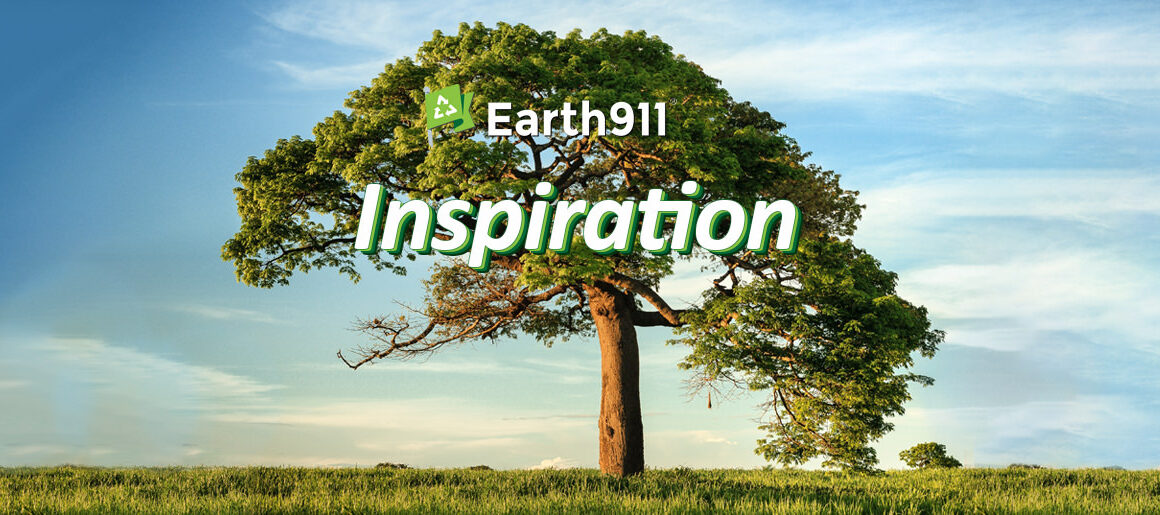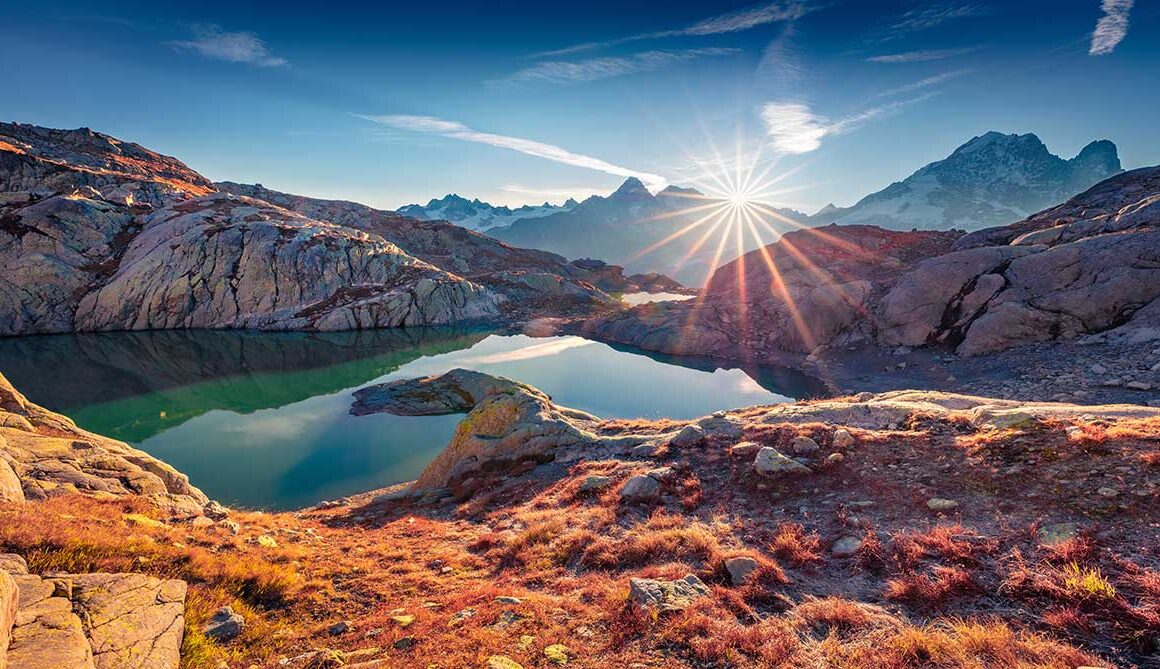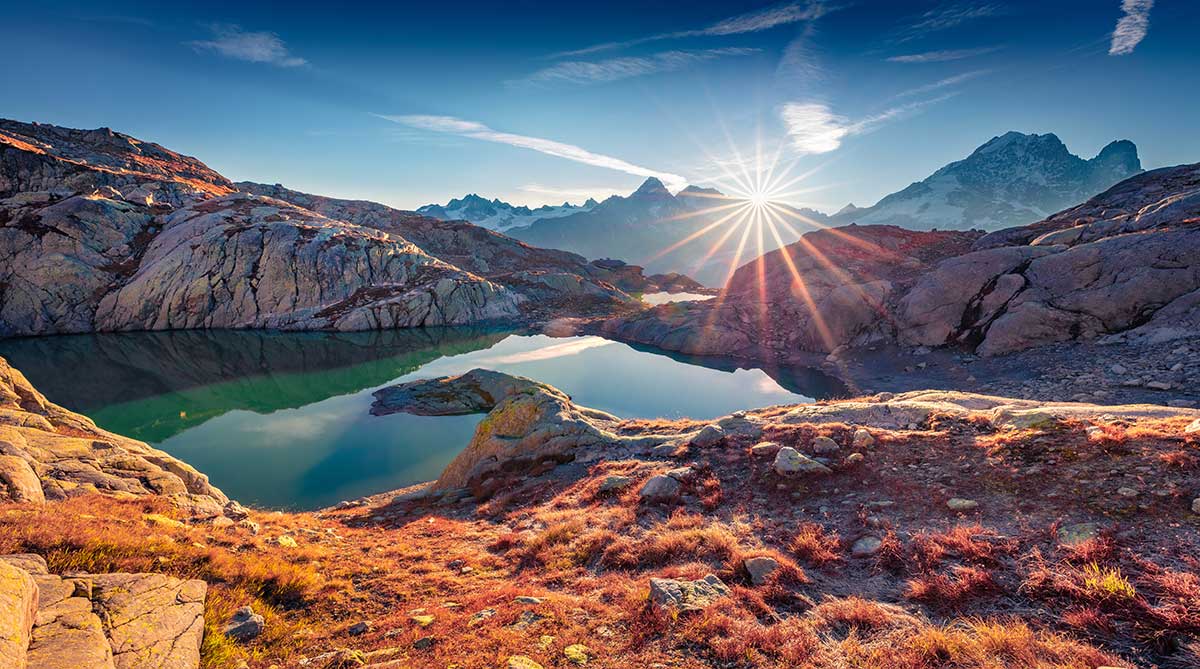According to a research team led by palaeontologists from the University of Vienna, the net-like leaf veining typical for today’s flowering plants developed much earlier than previously thought, but died out again several times. Using new methods, the fossilised plant Furcula granulifer was identified as such an early forerunner. The leaves of this seed fern species already exhibited the net-like veining in the late Triassic (around 201 million years ago). The study was recently published in the journal New Phytologist.
According to a research team led by palaeontologists from the University of Vienna, the net-like leaf veining typical for today’s flowering plants developed much earlier than previously thought, but died out again several times. Using new methods, the fossilised plant Furcula granulifer was identified as such an early forerunner. The leaves of this seed fern species already exhibited the net-like veining in the late Triassic (around 201 million years ago). The study was recently published in the journal New Phytologist.
Mario Coiro and Leyla Seyfullah of the Department of Palaeontology at the University of Vienna, in collaborations with colleagues from the National Museum of Natural History in Stockholm and the Hebrew University in Jerusalem have investigated an almost 100 year old mystery that illuminates the origin of the most successful group of plants on Earth. “Looking within old collections with novel methods and concepts, we were able to identify a plant from the Late Triassic period that showed an unique set of leaf characters, as member of a much larger group that evolved similar traits with flowering plants without experiencing the same evolutionary success,” explains palaeobotanist Mario Coiro.
“Although the 201 million year old fossil leaves of Furcula granulifer show the net-like hierarchical veining of leaves typical for most plants today, we found out that it is actually part of the now extinct group of seed ferns, so it seems that this typical leaf-form that allows efficient photosynthesis, has evolved several times during earth history,” confirms Leyla Seyfullah, head of the research group “Palaeobotany and terrestrial palaeoecology” at the University of Vienna.
Plant revolution driven by leave evolution
Flowering plants, more specifically known as angiosperms, are the most important group of plants on Earth today, dominating most of the terrestrial ecosystems and being indispensable for human survival. Their appearance during the Cretaceous (145 — 66 Million years ago) revolutionized terrestrial biodiversity, leading to the radiation of other groups such as mammals, insects, and birds, and leading to an increase of overall diversity on Earth.
This Angiosperm Terrestrial Revolution was in part driven by a unique innovation in angiosperm leaves: these present a netted hierarchical venation, which allows angiosperm to fix carbon dioxide in a much more efficient way. “Among the few other fossil plants having similar venation to angiosperms, the fossil leaf Furcula granulifer from the Late Triassic of Greenland bears such striking similarities that it was originally described as an angiosperm leaf, predating the oldest record of the group by more than 50 Million years,” says Coiro. Although this claim was not widely supported by the scientific community, the real affinities of Furcula were not reinvestigated for almost 100 years.
Seeing with new eyes
Based on both historical material and newly investigated material, the team re-evaluated the affinities of Furcula based on both micromorphology and the anatomy of the impermeable coating surrounding leaves (the cuticle). By combining traditional microscopy and novel methods (Confocal Laser Scanning Miscroscopy), they suggest that Furcula was a relative of an extinct group of seed plants with fern-like leaves (“seed ferns”), the Peltaspermales, and that its angiosperm-like venation is a result of convergent evolution. Moreover, unlike angiosperms, the leaves of Furcula did not reach high densities of veins, and thus were not as efficient as angiosperm leaves in fixing carbon.
Failed experiments during the Triassic and Permian
The authors suggest that Furcula represented a failed attempt during the Late Triassic at convergence towards the efficient leaves that angiosperm will later evolve in the Cretaceous, since Furcula and its relatives went extinct probably during the Jurassic without reaching even a fraction of the angiosperm diversity.
The authors also identified another group of mysterious seed plants, the Gigantopteridales, as another failed attempt during the Permian period (approx. 300 million — 250 million years ago). “Through these natural experiments we have the opportunity to understand the true reason of the flowering plant success, which probably lie in the evolution of multiple traits rather than a single key innovation,” explains Seyfullah from the University of Vienna.







Recent Comments